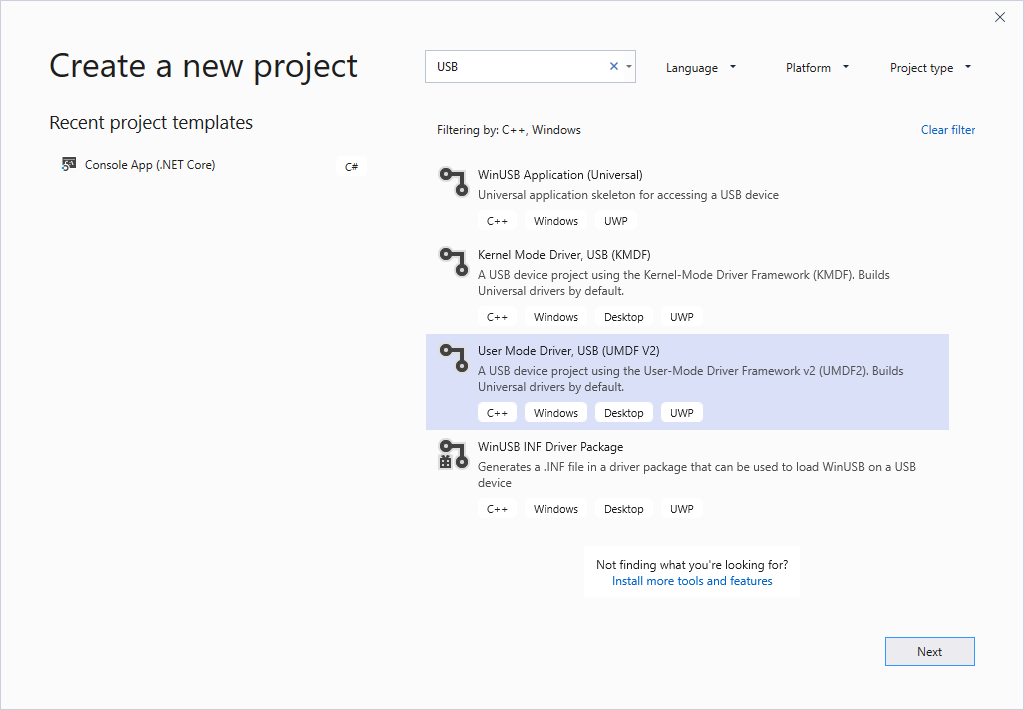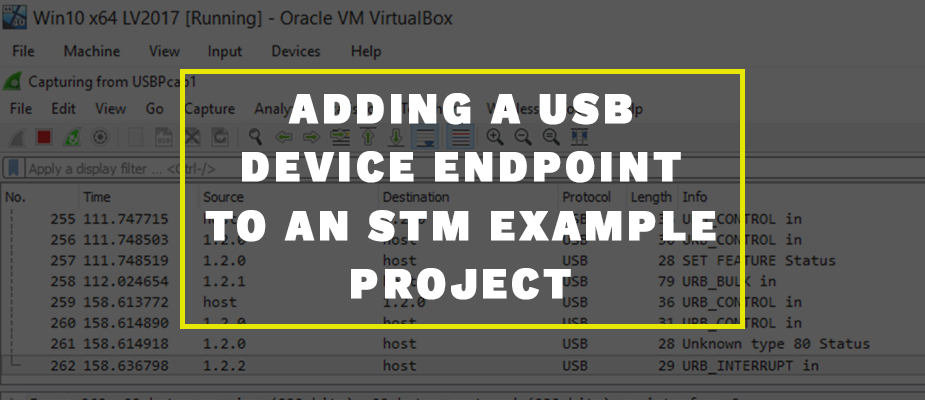Drivers Ig-development USB Devices
This document describes how to use the popular USB memory sticks with Linux. However, it is also valid for other devices such as digital cameras that act as if they were just a USB storage device.
If you have an up-to-date system with the standard Arch kernel and a modern Desktop environment your device should just show up on your desktop, with no need to open a console.
Auto-mounting with udisks
With “USB Debugging” turned on, connect your device to the computer via USB. In the DroidCam PC client, pick the USB connection option and click the refresh button. The client will try to detect connected devices. If the client detects your phone, you’ll likely get a dialog on the phone asking Allow USB Debugging, you need to tap OK. Short description. This driver/program is intended to 'overclock' USB mice (and other devices) under Windows 98, 98SE, ME, 2000, XP, Vista, 7, 8, 8.1, 10 including x64 versions. Also may be used for downclocking (and downclocking shall work always). Intel Android device USB driver is a freeware software download filed under drivers and made available by Intel for Windows. The review for Intel Android device USB driver has not been completed yet, but it was tested by an editor here on a PC. The Google USB Driver is required for Windows if you want to perform adb debugging with Google devices. Windows drivers for all other devices are provided by the respective hardware manufacturer, as listed in the OEM USB Drivers document. Kingston DataTraveler and IronKey USB flash drives provide on-the-go file storage for photos, music, video and more. They are available in both standard and encrypted security for home, school, office and enterprise organizations.
This is the easiest and most frequently used method. It is used by many desktop environments, but can be used separately too.
See Udisks for detailed information, including list of mount helpers.
Manual mounting
Getting a kernel that supports usb_storage
If you do not use a custom-made kernel, you are ready to go, for all Arch Linux stock kernels are properly configured. If you do use a custom-made kernel, ensure it is compiled with SCSI-Support, SCSI-Disk-Support and usb_storage. If you use the latest udev, you may just plug your device in and the system will automatically load all necessary kernel modules.
Identifying device
The first thing one needs to access a storage device is its identifier assigned by kernel. See fstab#Identifying filesystems for details.
lsblk -f (explained in the linked article) when the USB device is connected and when it is unconnected.Mounting USB memory
You need to create the directory in which you are going to mount the device:
As root

This article or section is a candidate for merging with File_systems#Mount_a_file_system.
Mount the device as root with this command (do not forget to replace device_node by the path you found):
or
If mount does not recognize the file system of the device you can try to use the -t argument, see mount(8) for details. If mounting does not work, you can try to recreate the file system or even repartition the disk.
Allow writing by regular users
If you want non-root users to be able to write to the USB stick, you can issue the following command:
If it does not work, make sure that the file system is mountable and writable as root, see the previous section for details.
As normal user with fstab
See FAT#Writing to FAT32 as normal user if you want normal user to do the mount/unmount action.
Mount tools
Multiple mount tools facilitate mounting as a regular user.
Troubleshooting
No USB storage devices are acknowledged by the system
If you have connected your USB storage device to the computer and it is not listed in lsblk or dmesg, ensure that your BIOS has both XHCI Handoff and EHCI Handoff enabled.
USB device detected but not mountable
If you recently upgraded you kernel, the modules for USB storage for your currently running kernel were removed and replaced with modules for the newly installed kernel. These modules will not be loaded until you reboot and run the new kernel.
Device not shutting down after unmounting all partitions
This article or section needs expansion.
Failure to power off a device might result in:
- a hard disk drive not parking its head, making a faint scratching sound while spinning out and degrading the device [2], or
- a solid-state drive (especially older) not flushing its cache buffers or updating its mapping tables, and losing data [3].
When you unmount the partitions, the device is still powered on. You should ask the system to turn it off first in order to safely remove it: [4]
If you use udisks, you can use these commands: [5]
This article helps to fix an issue in which Windows 10 doesn't install specific drivers for USB audio devices on the first connection.
Original product version: Windows 10, version 1703
Original KB number: 4021854
Symptom
When you connect a USB audio device to a Windows 10 Version 1703-based computer the first time, the operating system detects the device but loads the standard USB audio 2.0 driver (usbaudio2.sys) instead of the specific device driver.
Cause

This issue occurs because the USB audio 2.0 driver (usbaudio2.sys) isn't classified as a generic driver in Windows 10 Version 1703. Therefore, the system assumes that a compatible, nongeneric driver is installed for the device even though the driver is generic.
This issue also causes Windows 10 Version 1703 to postpone the search for other compatible drivers through Windows Update that typically occurs immediately after you install a new device.
Resolution
To fix this issue, use one of the following methods.
Drivers Ig-development Usb Devices Pc Camera
Method 1
To resolve this issue, install update 4022716.
Method 2
If the device-specific driver is distributed through Windows Update, you can manually update the driver by using Device Manager. For more information about how to do this, see update drivers in Windows 10.
Method 3
If the device is not yet connected, first install the device-specific driver, such as by using the appropriate installer. After the device-specific driver is installed, Windows 10 will select that driver instead of the standard USB audio 2.0 driver when you first connect the device.
Note
See the device manufacturer's user guide for specific instructions about how to install the driver.
Method 4
If the driver isn't distributed through Windows Update, you can manually reinstall the driver. To do this, follow these steps:
- Install the device-specific driver (see Method 2).
- Open Device Manager.
- Right-click (or tap and hold) the name of the device, and then select Uninstall.
- Restart the computer.
Drivers Ig-development Usb Devices Wireless Adapter
When it restarts, Windows will try to reinstall the device by using the device-specific driver.
